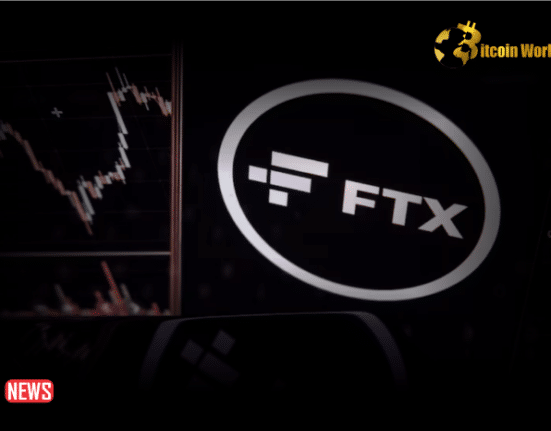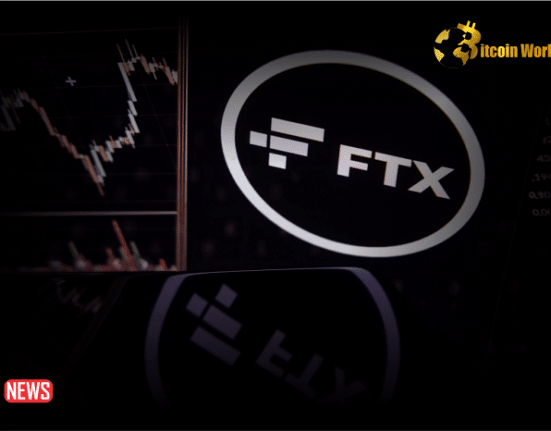The credibility of FTX’s “Backstop Fund” has been shattered, as revealed by the former chief technology officer of the cryptocurrency exchange. FTX, a prominent player in the crypto space, employed concealed Python code to distort the true value of its insurance fund. This fund, designed to safeguard users against substantial losses during significant liquidation events, was subject to manipulation, according to the testimony of Gary Wang, co-founder of FTX.
In a startling revelation made on October 6th, Gary Wang, the former chief technology officer of FTX, asserted that the purported $100 million insurance fund in 2021 was nothing more than a fabrication. Furthermore, it was devoid of the FTX tokens (FTT) that it had claimed to hold. Instead of an authentic valuation, the figure presented to the public was derived from the daily trading volume of the FTX Token, multiplied by a seemingly arbitrary number close to 7,500.
When confronted with this revelation by the prosecution, including various public statements about the fund’s value, Wang’s response was succinct and unequivocal: “No.”
Wang went on to elucidate, “For one, there is no FTT in the insurance fund. It’s just the USD number. And, two, the number listed here does not match what was in the database.”
During the trial on October 6th, an exhibit was introduced, demonstrating the alleged code used to generate the size of the so-called “Backstop Fund” or public insurance fund. FTX had frequently touted the value of its insurance fund on its website and social media, assuring users of protection in the face of sudden and substantial market fluctuations. Wang’s testimony, however, painted a different picture, revealing that the fund’s actual resources were often inadequate to cover these potential losses.
One notable instance from 2021 underscored this deficiency, where a trader was able to exploit a vulnerability in FTX’s margin system to assume a disproportionately large position in MobileCoin. This exploit resulted in losses amounting to hundreds of millions of dollars for FTX, as disclosed by Wang.
When the realization dawned that the insurance fund was nearly depleted, Wang alleged that he was instructed by Bankman-Fried to shift the burden onto Alameda, ostensibly to conceal the loss. Alameda’s balance sheets were deemed more private than those of FTX, making it a convenient choice for absorbing the financial hit.
In addition to exposing the allegedly fraudulent nature of FTX’s insurance fund, Wang contended that he and Nishad Singh had been directed by Bankman-Fried to implement an “allow_negative” balance feature in FTX’s code. This feature effectively granted Alameda Research near-unlimited liquidity for trading on the crypto exchange.
On October 5th, Wang, who had already pleaded guilty to all charges against him, admitted to engaging in wire fraud, commodities fraud, and securities fraud alongside Bankman-Fried, former Alameda Research CEO Caroline Ellison, and former FTX director of engineering Nishad Singh.














